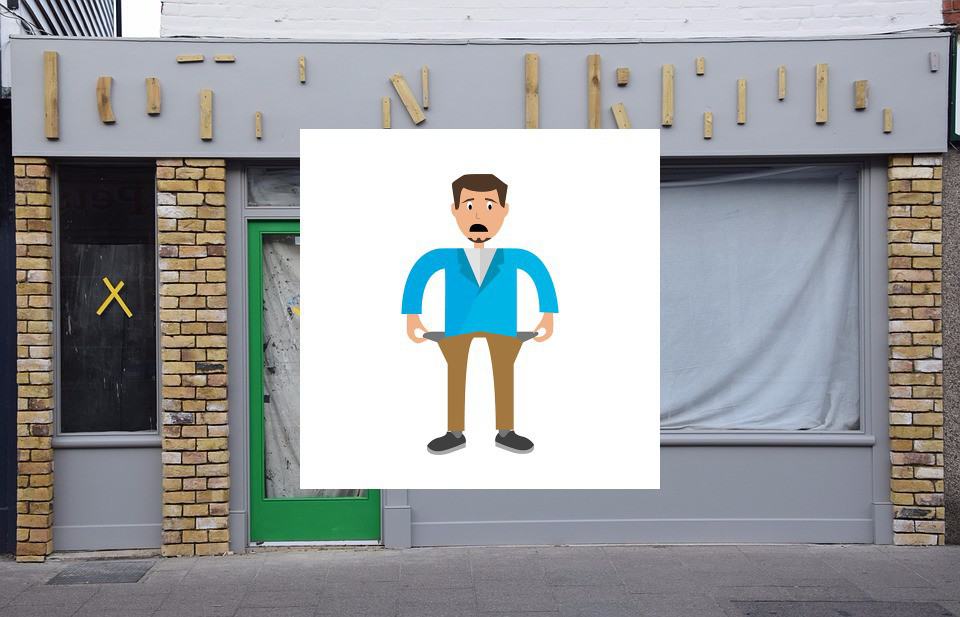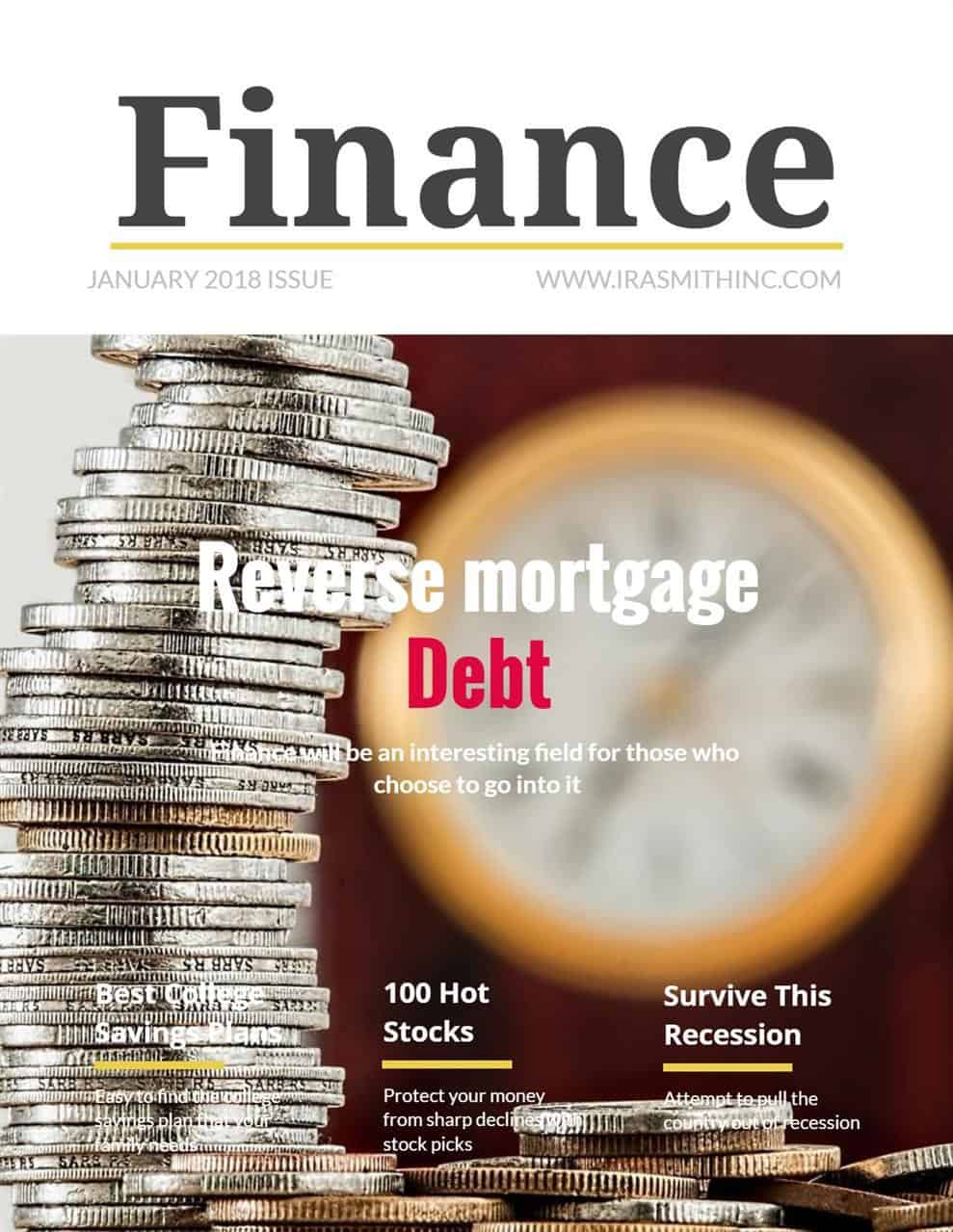
Personal debt load increase: Introduction
The great North American dream is still home-ownership. Unfortunately with soaring house prices, increasing interest rates and stricter mortgage regulations, many Canadians may not be able to realize their dreams. As a result, a new trend is starting which I describe below. The issue is whether this new behaviour, causing a personal debt load increase, is reasonable or not.
Personal debt load increase: The current housing market trend according to Statistics Canada
These factors are making it increasingly difficult for young people to break into the housing market. According to Statistics Canada, young adults today are:
- More likely to live in apartments than their 1981 counterparts
- Less likely to live in single-detached homes
- More likely than ever to still be living at home
Personal debt load increase: Desperate times call for desperate measures
As parents you want to give your children every advantage in life, including helping them realize their dreams of home-ownership. But, what can you do? At the rate at which house prices are rising, if you wait until they reach adulthood and are ready to purchase their first home, will you be able to help them buy that house?
The old adage Desperate times call for desperate measures, seems to apply here. There is a growing number of parents who are buying houses for their children who are still school-aged; some as young as five years of age.
Personal debt load increase: The future value argument
Brad Lamb, president of Brad J. Lamb Realty & Lamb Development Corp. is one such parent. Mr. Lamb recently purchased a condo for his five-year old daughter. He purchased an 800 square foot condo in Toronto for about $450,000 which he estimates that he can rent for $2,500/month. Mr. Lamb calculates that in 15 years (when his daughter is 20) the condo will be worth in the $3 million range.
Personal debt load increase: Is it a good idea to buy a home for your school aged kids?
Clearly Mr. Lamb is in an income bracket that would allow him to purchase a $450,000 condo without putting himself into financial jeopardy. However, the same can’t be said for many parents who are buying homes for their school aged kids. Some are making an enormous financial sacrifice in the quest of guaranteeing their children home-ownership. And it’s difficult to speculate on the real estate market 10 – 15 years in the future.
Over the time you hold the property until your child can live in it. There will be fluctuations in the real estate market. You can’t be the type of person that worries every time there is a temporary decline in the market. For example, will higher interest rates lower home prices? We have been in essentially a zero interest rate environment for 10 years. The Bank of Canada is now slowly increasing interest rates. Remember that the change in value of the home only counts if you have to sell it. Until then, increases or decreases are merely on paper only.
Personal debt load increase: A different viewpoint
Susan Latremoille, director of wealth management and wealth adviser at the Latremoille Group and Richardson Group GMP in Toronto, has very strong opinions on the subject. She says, “I think it’s a crazy idea. I would not recommend my clients to do it. If parents already own their own home, they will have to pay a capital-gains tax should they decide they need to sell the additional property, as they can’t put the children’s names on the property title unless they are adults”.
What if the property is a negative cash flow rental property? It isn’t just being able to afford purchasing the property. You are going to become a landlord for many years. If the costs of holding the property are greater than the income it generates annually? That makes it a negative cash flow investment property. Can you afford to pay out that extra cash year after year? Of course the expectation is that the value of the home will continue to increase. Negative cash flow from assets is still not a winning formula for the long-term.
Personal debt load increase: You can’t put yourself at financial risk today for someone else’s future – even if that someone else is your child
Putting yourself at risk financially to buy a house for your kids is never a good idea. The best thing that you can do is get your own financial house in order. That may allow you to make an investment in your children’s’ educations and perhaps even allow you to help them buy, or at least be able to help with, that first house.
If you need help getting your financial house in order, contact Ira Smith Trustee & Receiver Inc. The results for our clients are financial peace of mind and debt free living. With one phone call you can get rid of the financial stress and feel like you’re in control again Starting Over, Starting Now.












